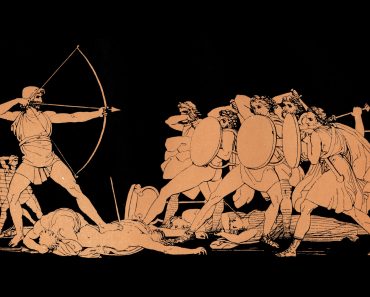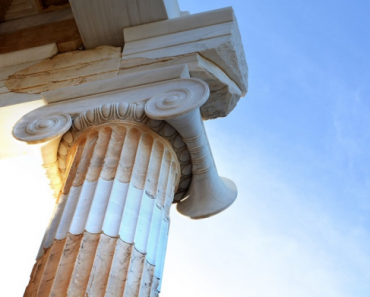
Archaeologists have uncovered new traces of ancient Greek life in the Valle dei Templi, one of Italy’s most important archaeological parks, as the University of Bologna leads its tenth excavation campaign in the Hellenistic-Roman Quarter of Agrigento.
The research is being conducted by Maria Serena Rizzo and Maria Concetta Parello from the Valley of the Temples Archaeological and Landscape Park, along with Professor Giuseppe Lepore from the Ravenna campus of the University of Bologna. The project commenced in 2016 through a formal agreement between the two institutions.

Archaeologists have uncovered new traces of ancient Greek life in the Valle dei Templi, one of Italy’s most important archaeological parks, as the University of Bologna leads its tenth excavation campaign in the Hellenistic-Roman Quarter of Agrigento.
The research is being conducted by Maria Serena Rizzo and Maria Concetta Parello from the Valley of the Temples Archaeological and Landscape Park, along with Professor Giuseppe Lepore from the Ravenna campus of the University of Bologna. The project commenced in 2016 through a formal agreement between the two institutions.
Focus shifts to Block IV above the ancient baths
Initial digs were concentrated in Block III of the ancient city. Over time, the excavation expanded into Block IV, which has now become the focus of the 2025 campaign. This area, situated above a previously explored bath complex, is already revealing new evidence of how the city’s centuries-long evolution.
Greek-style bath complex points to public life
Researchers have uncovered a large Greek-style bath facility built on two terraces and equipped with stone basins, water channels, and heating systems. The structure dates to the 4th century A.D. and remained in use for about 100 years before the area was repurposed.

Site transformed into a kiln, then a cemetery
Archaeological layers show that the site transitioned into an industrial zone. A kiln used for firing pottery was installed, signaling a shift toward production activity. Later, in the 6th century A.D., the same space was converted into a burial ground.
Tombs were found surrounding what is believed to have been a Christian worship site, offering a clear picture of the city’s transformation from civic to religious functions.
Public buildings on the upper terrace are under investigation
This year’s excavation will also continue on the upper terrace of the quarter, where two large square buildings have been identified. Their design suggests they served a public role, possibly administrative or communal. Researchers are working to better understand their purpose and the historical context in which they were used.

These findings form part of a broader effort to trace the long life of ancient Agrigento, a city that was continuously inhabited from the 6th century B.C. until the 9th century A.D. The dig also aims to uncover clues about the causes behind the city’s eventual decline and abandonment.
Public invited to visit the site in early July
The ψurrent excavation season concludes in mid-July. Guided tours of the site will be open to the public on July 3 and July 10. Visitors will be able to observe active digs, see how artifacts are analyzed, and view the ongoing restoration of mosaic floors discovered in a large collapsed home in Block III.
The discoveries in Valle dei Templi continue to offer a deeper understanding of ancient Greek influence in southern Italy and the enduring legacy of Agrigento’s urban and cultural life.







